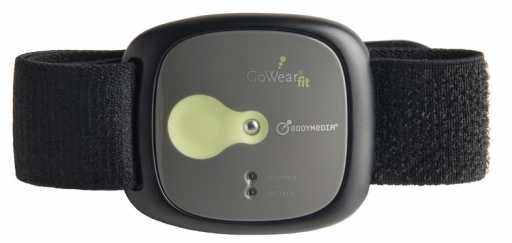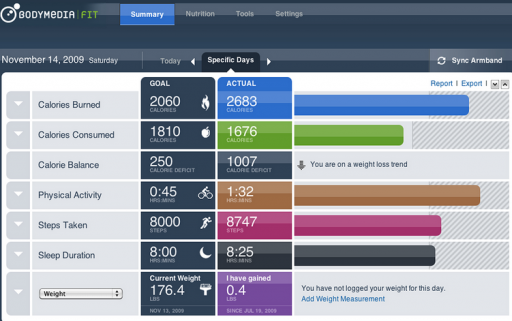Neurocognitive systems related to real-world prospective memory.
PLoS One. 2010;5(10):
Authors: Kalpouzos G, Eriksson J, Sjölie D, Molin J, Nyberg L
BACKGROUND: Prospective memory (PM) denotes the ability to remember to perform actions in the future. It has been argued that standard laboratory paradigms fail to capture core aspects of PM. METHODOLOGY/PRINCIPAL FINDINGS: We combined functional MRI, virtual reality, eye-tracking and verbal reports to explore the dynamic allocation of neurocognitive processes during a naturalistic PM task where individuals performed errands in a realistic model of their residential town. Based on eye movement data and verbal reports, we modeled PM as an iterative loop of five sustained and transient phases: intention maintenance before target detection (TD), TD, intention maintenance after TD, action, and switching, the latter representing the activation of a new intention in mind. The fMRI analyses revealed continuous engagement of a top-down fronto-parietal network throughout the entire task, likely subserving goal maintenance in mind. In addition, a shift was observed from a perceptual (occipital) system while searching for places to go, to a mnemonic (temporo-parietal, fronto-hippocampal) system for remembering what actions to perform after TD. Updating of the top-down fronto-parietal network occurred at both TD and switching, the latter likely also being characterized by frontopolar activity. CONCLUSION/SIGNIFICANCE: Taken together, these findings show how brain systems complementary interact during real-world PM, and support a more complete model of PM that can be applied to naturalistic PM tasks and that we named PROspective MEmory DYnamic (PROMEDY) model because of its dynamics on both multi-phase iteration and the interactions of distinct neurocognitive networks.











